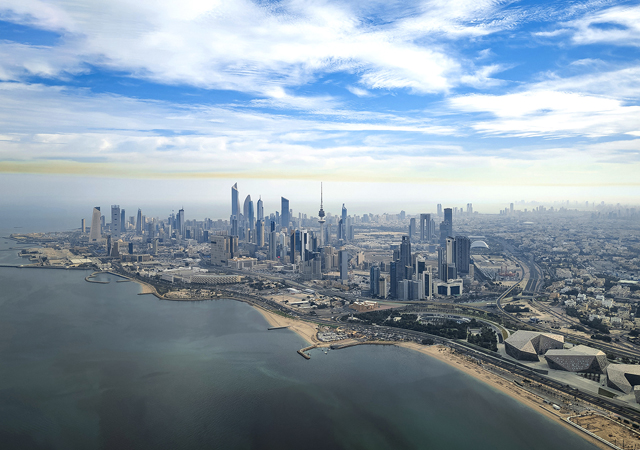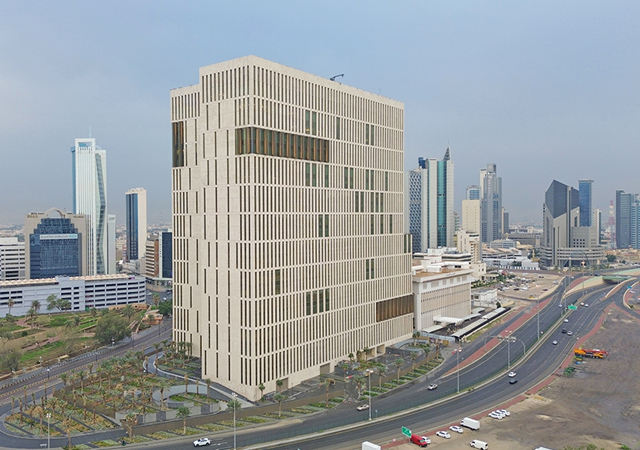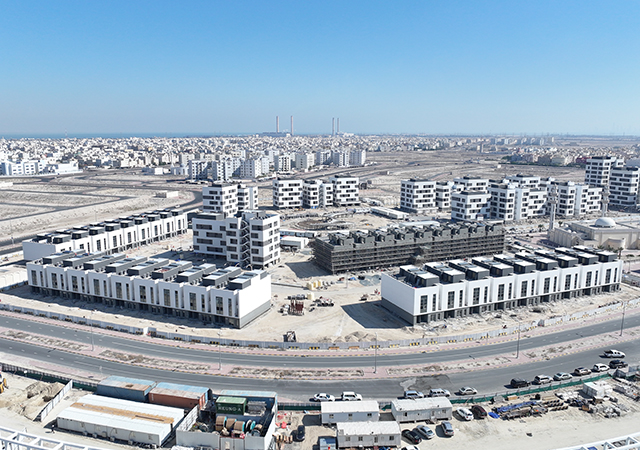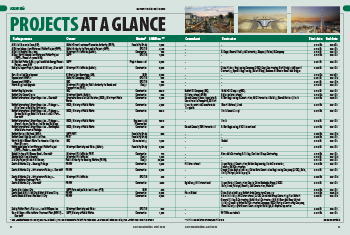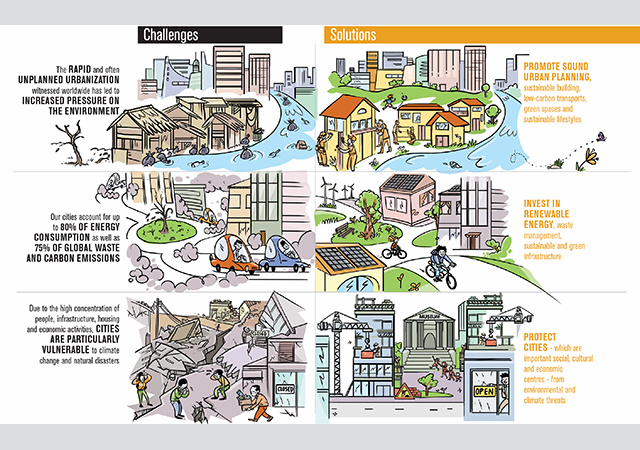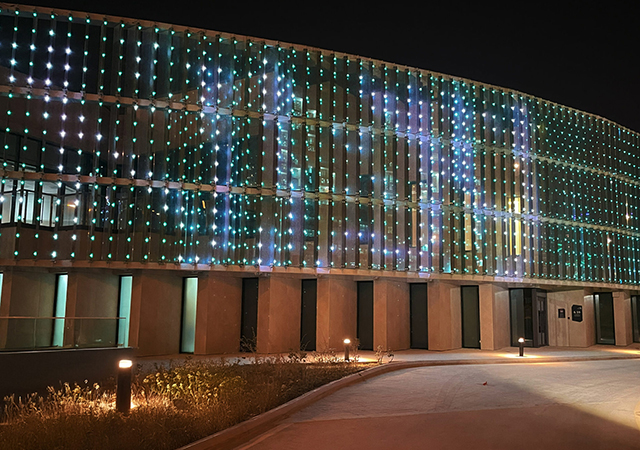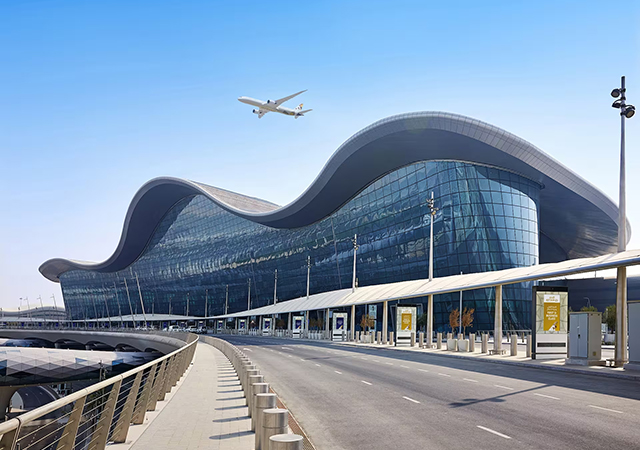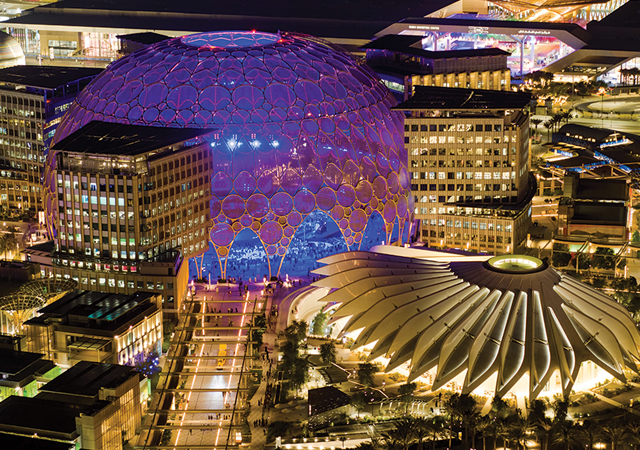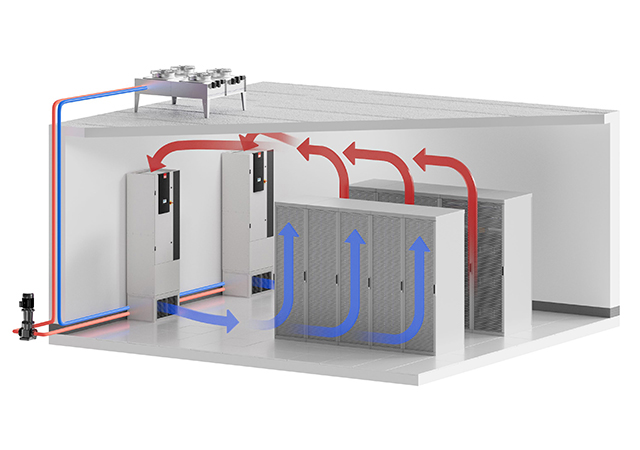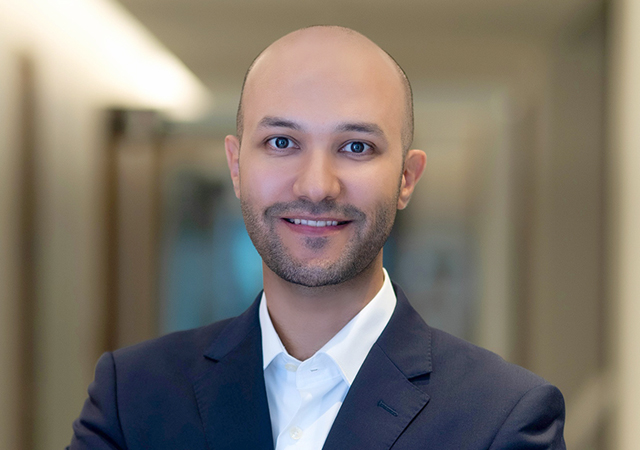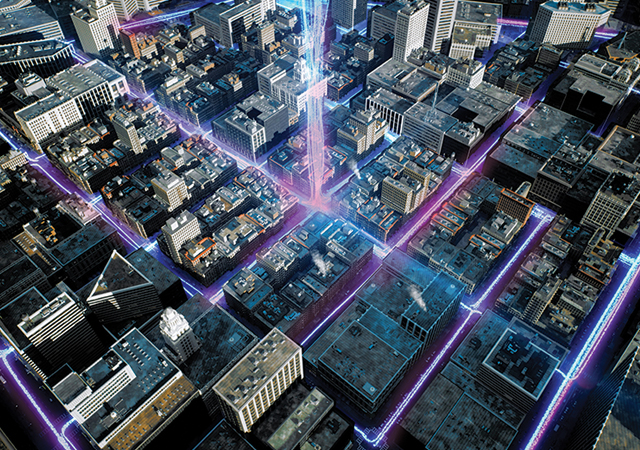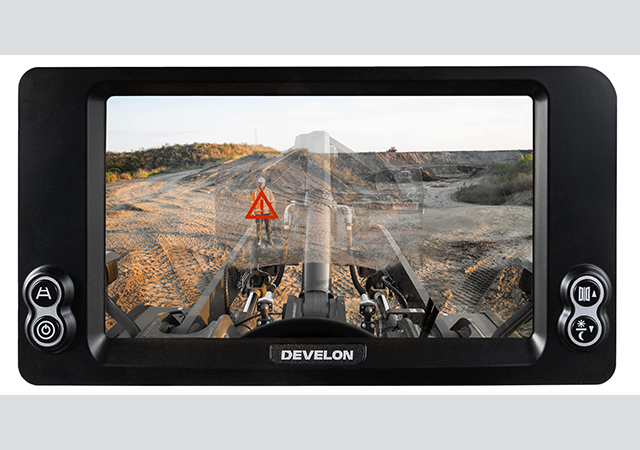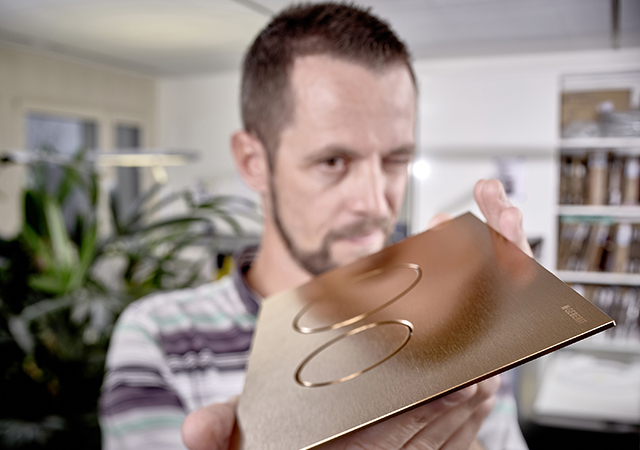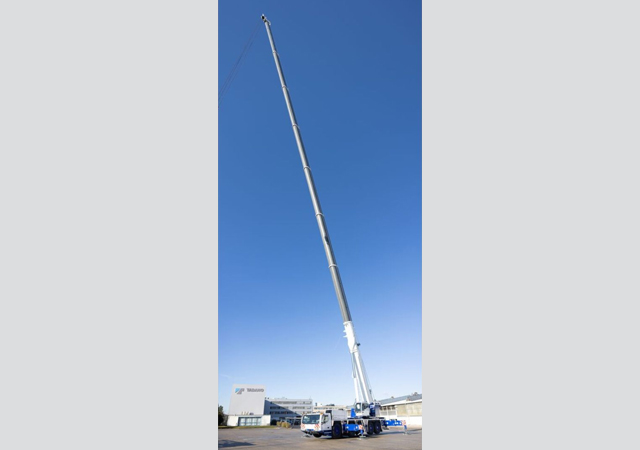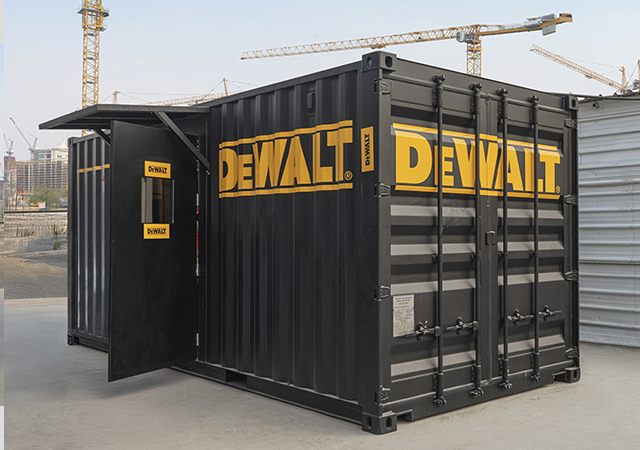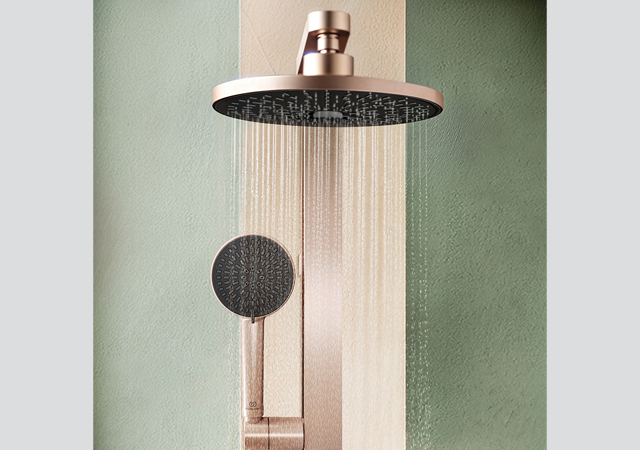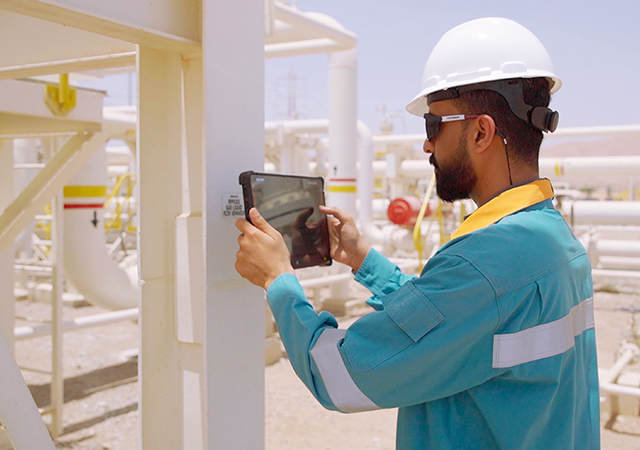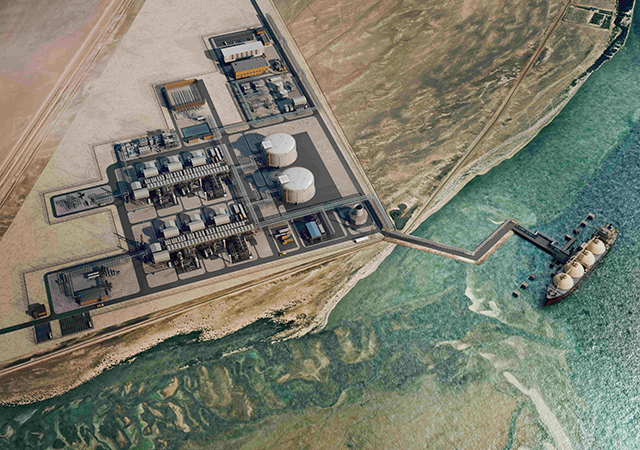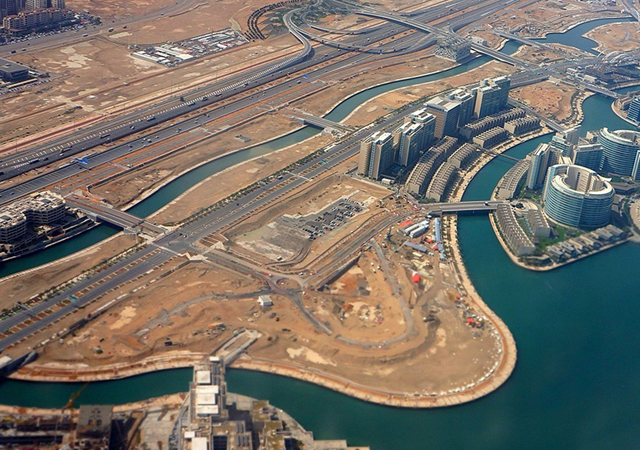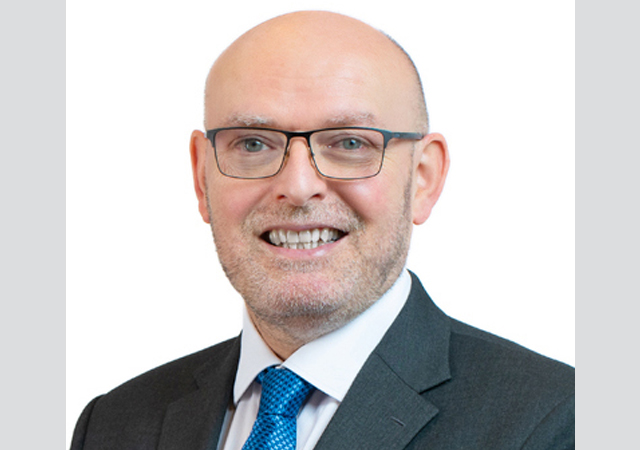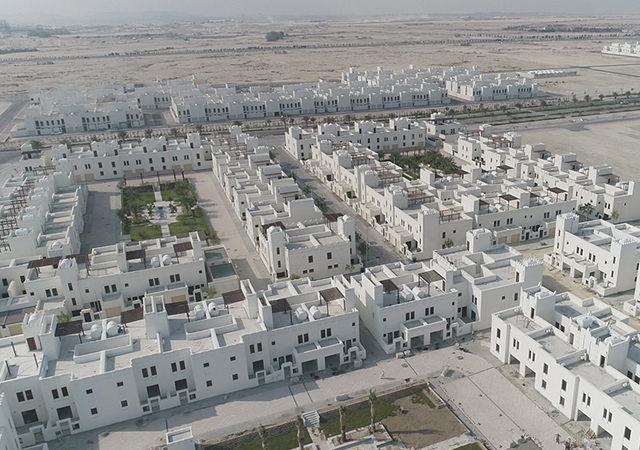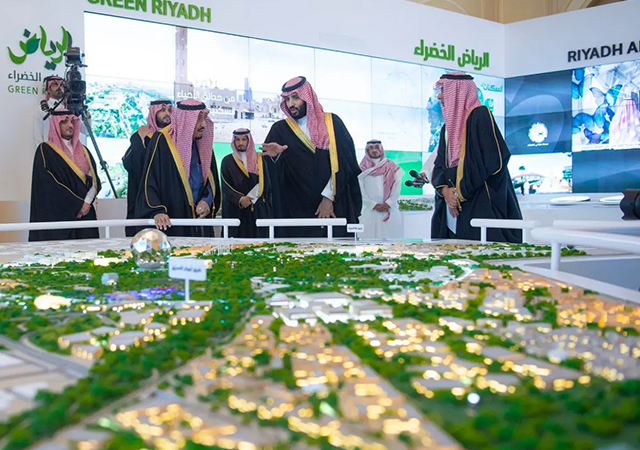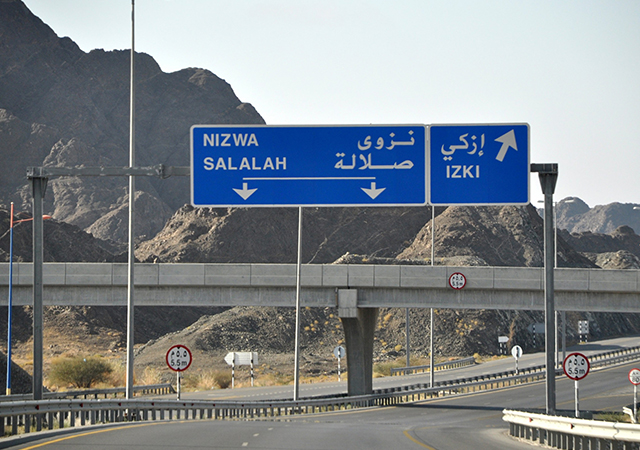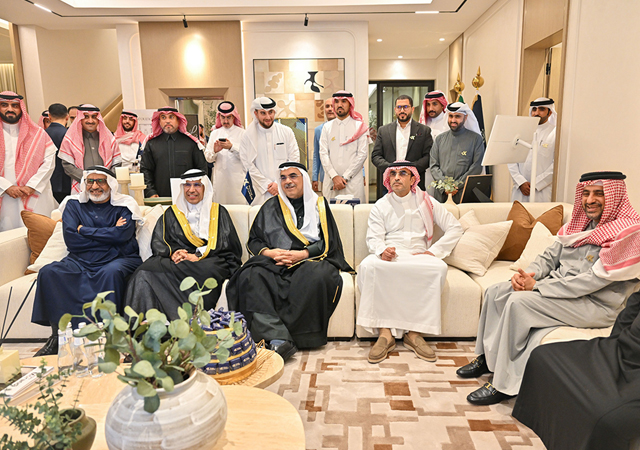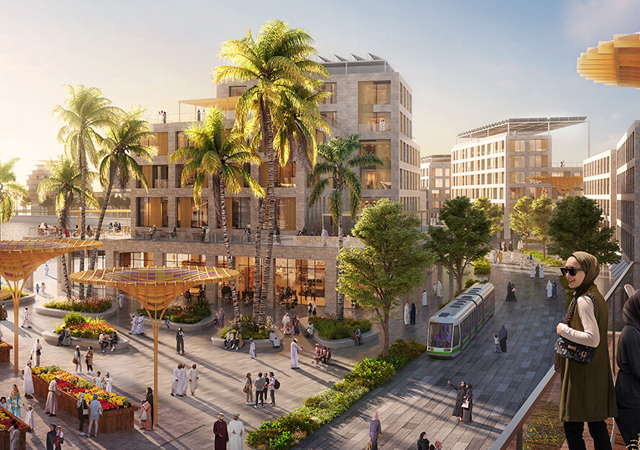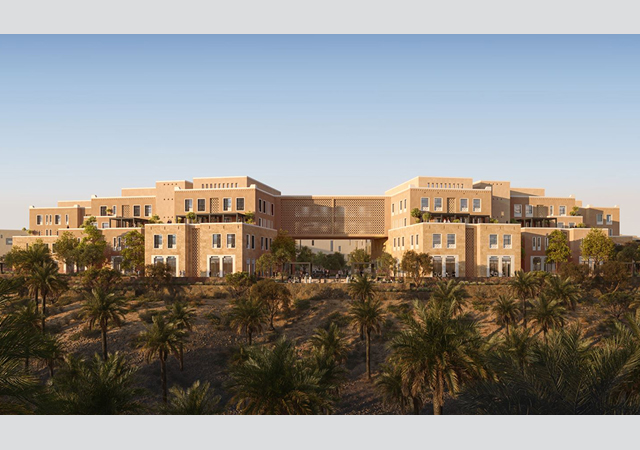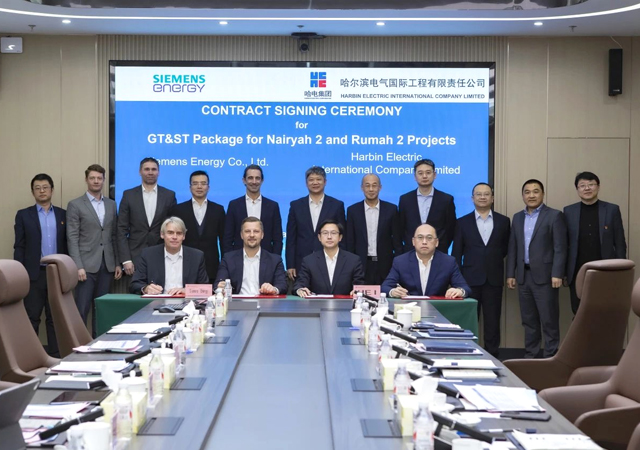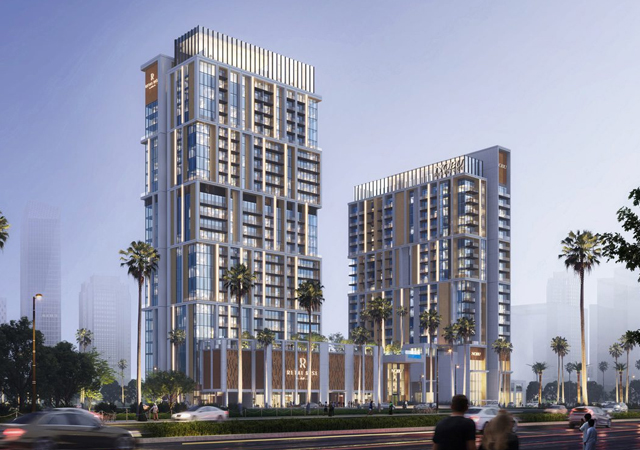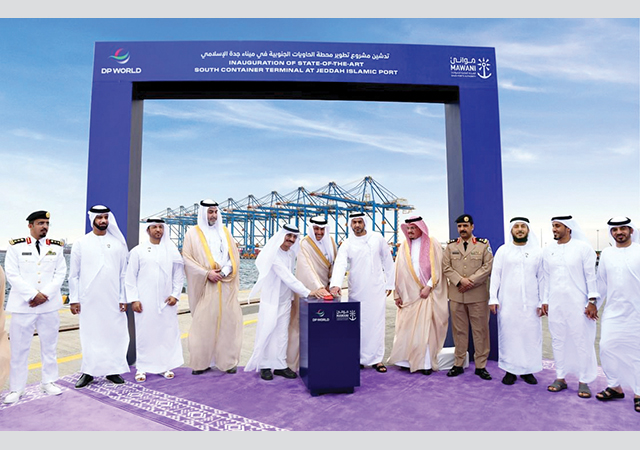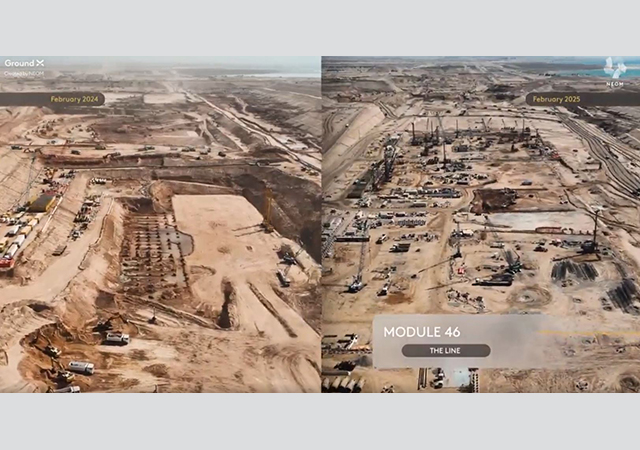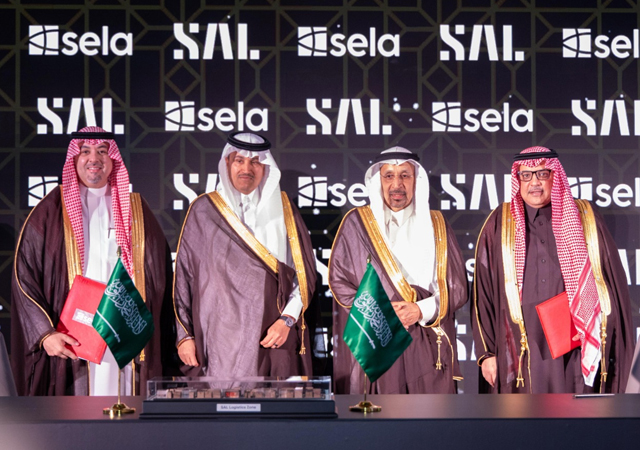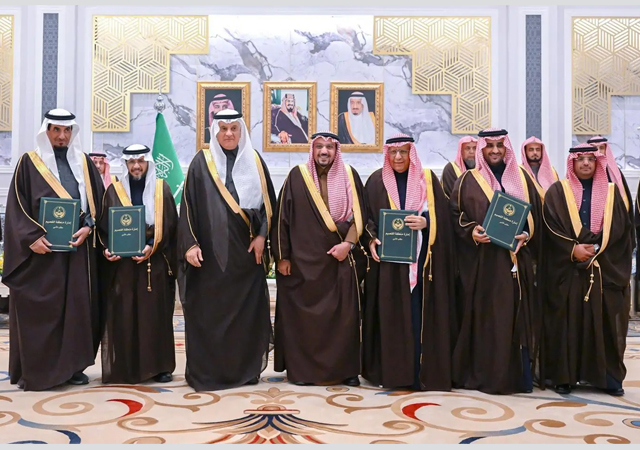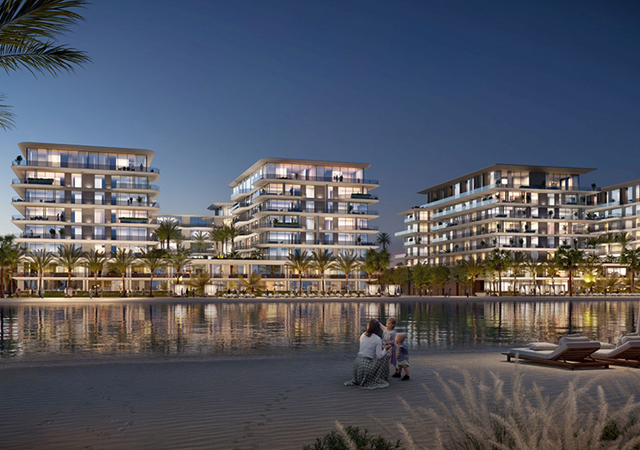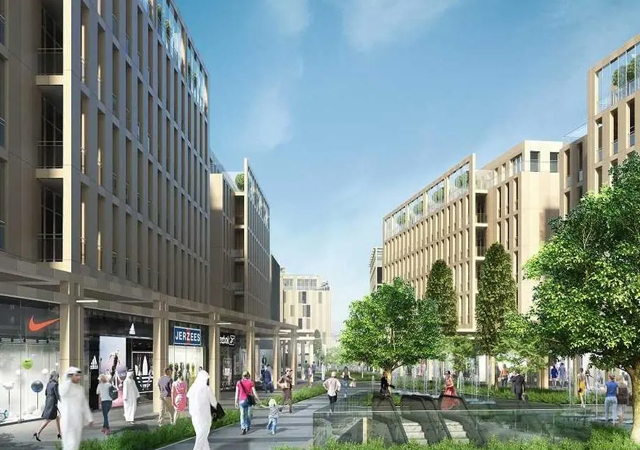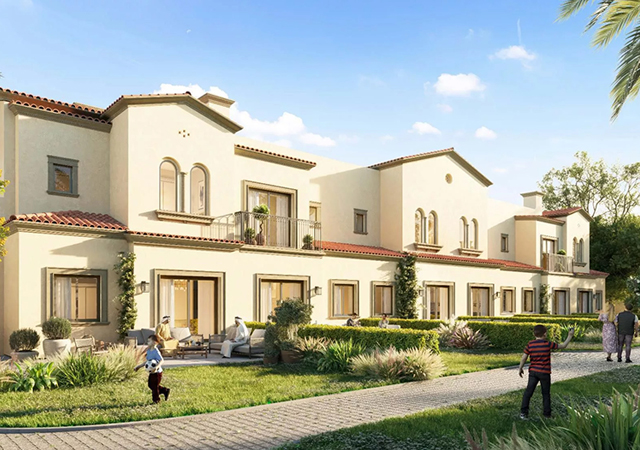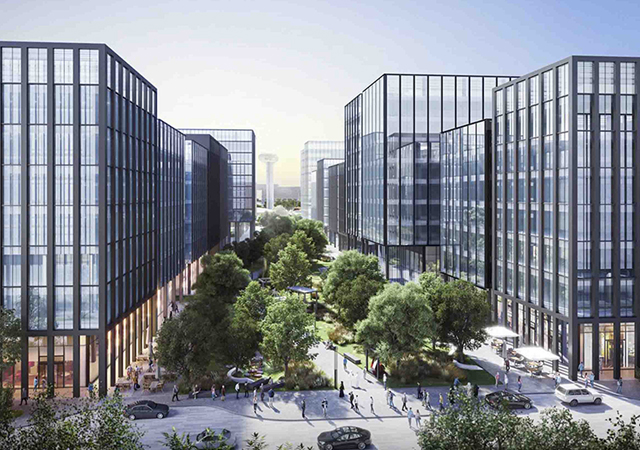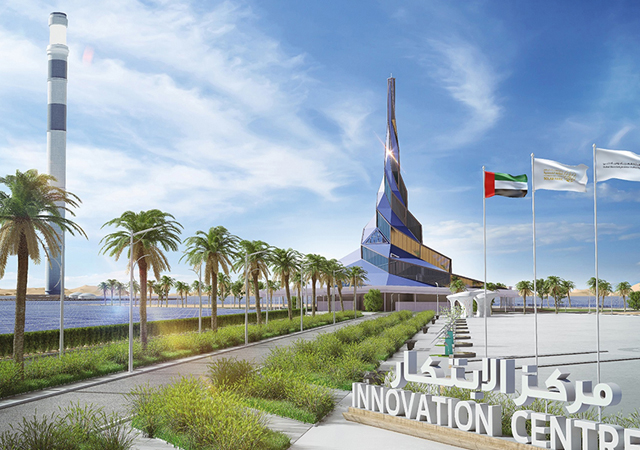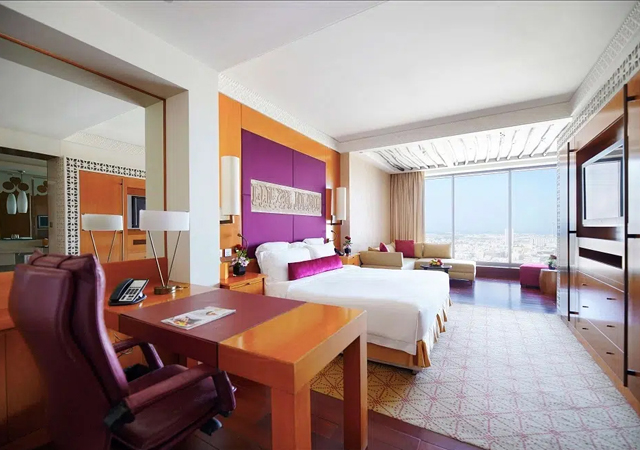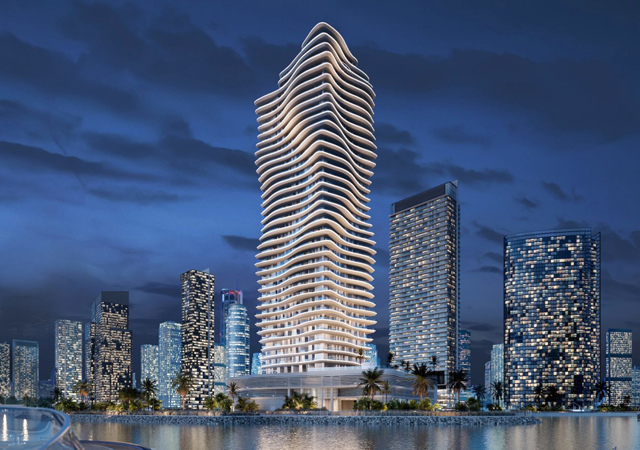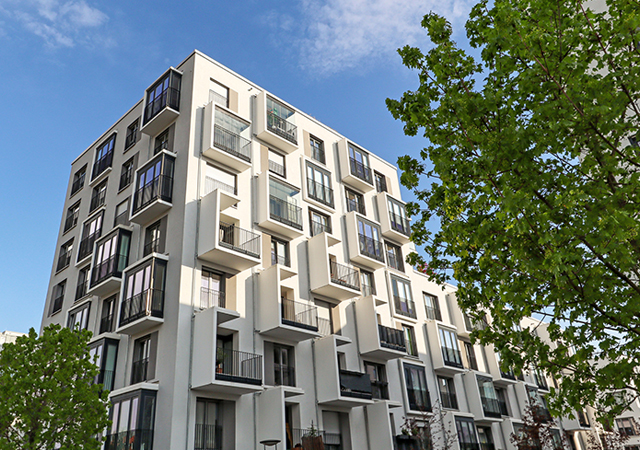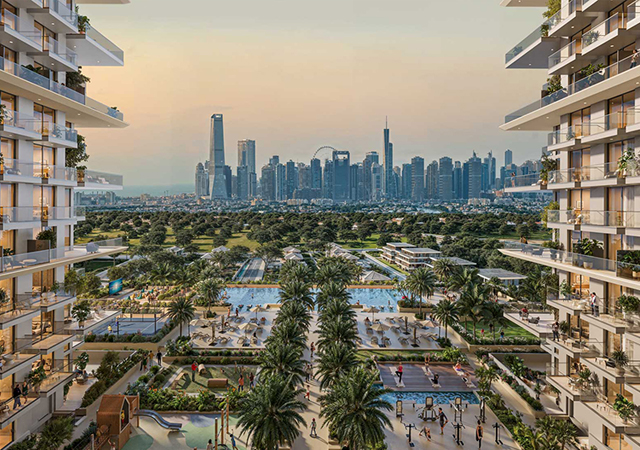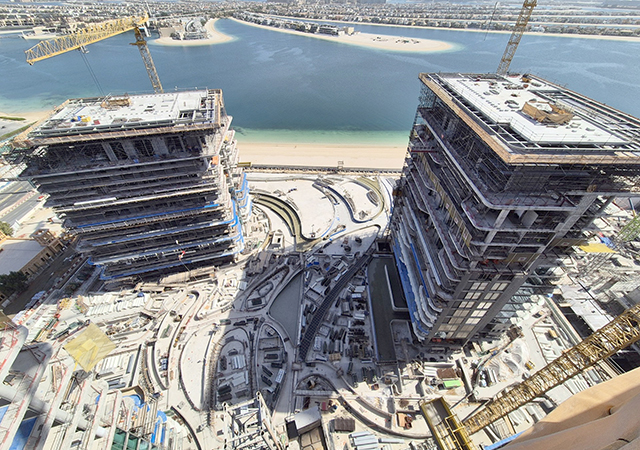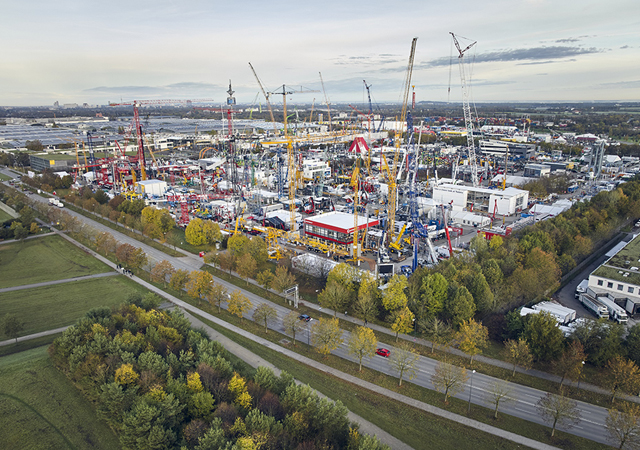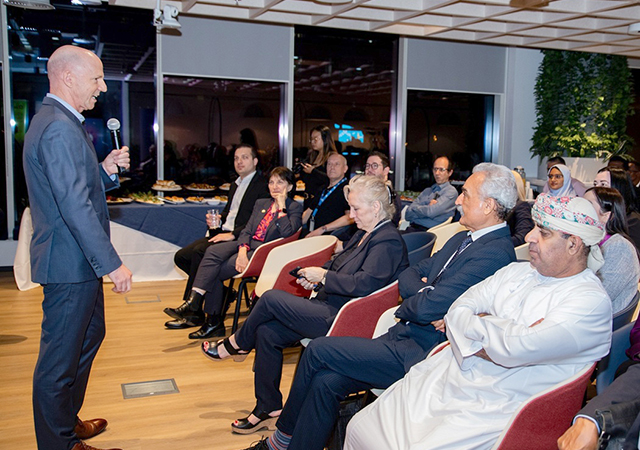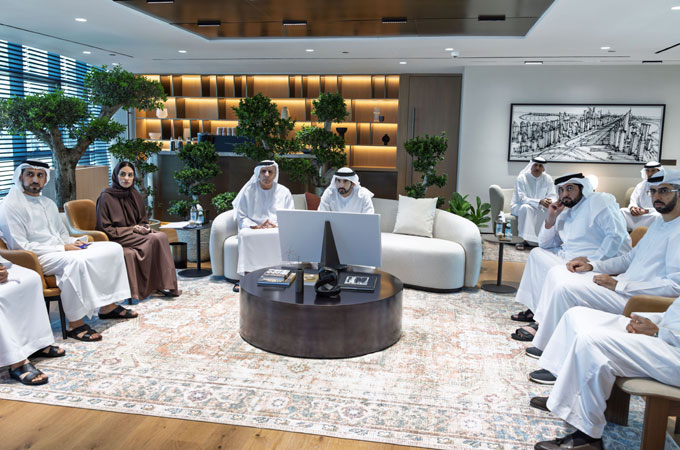 HH Sheikh Hamdan reviews the projects with officials
HH Sheikh Hamdan reviews the projects with officials
Dubai's AED16 billion ($4.36 billion) 2024-2027 Main Roads Development Plan will add 22 projects across the emirate's expanding road network, benefiting over 6 million people and supporting Dubai’s comprehensive development plans, it has been revealed.
HH Sheikh Hamdan bin Mohammed bin Rashid Al Maktoum, Crown Prince of Dubai, Deputy Prime Minister, Minister of Defence, and Chairman of The Executive Council of Dubai, on Sunday reviewed the transformative initiatives of Dubai's Roads and Transport Authority (RTA) aimed at advancing urban mobility and infrastructure, a Wam news agency report said.
These projects include the Latifa bint Hamdan Street development set to commence next year. This project covers 12,200 m from its intersection with Al Khail Road to Emirates Road, encompassing 8,100 m of bridges. Serving over 1 million residents, the project will add capacity for approximately 16,000 vehicles per hour in both directions and reduce travel time by 15–20 percent.
The plan also includes the Meydan Road development project, which will involve 10,600 m of roads, 3,300 m of bridges, and three tunnels totalling 1,500 m, benefiting around 1 million residents. It is expected to add capacity for 22,000 vehicles per hour in both directions and reduce travel time from Umm Suqeim Street to the extension of Meydan Street to just four minutes.
Meanwhile, the development plans for Al Mustaqbal Street and Trade Centre Roundabout includes the construction of bridges and tunnels totalling 6,200 m, which will increase road capacity from 9,000 to 12,000 vehicles per hour, a 30 per cent increase. It will also reduce travel time from eight minutes to three minutes and 30 seconds, benefiting over half a million residents and visitors.
RTA has awarded the contract for the Trade Centre Roundabout development project, which includes the construction of five bridges totalling 5,000 m to ensure free-flowing traffic in all directions. The roundabout will be converted into a surface-level intersection controlled by traffic signals to improve traffic flow, reducing delays from 12 minutes to just 90 seconds. By the end of this year, RTA will also award the contract for the Al Mustaqbal Street development project.
Sheikh Hamdan was also briefed on the development plans for Umm Suqeim and Al Qudra Streets, covering a 16,000-m stretch from the Jumeirah Street intersection to Emirates Road. The project will involve the development of four intersections, including 2,500 m of bridges and 2,000 m of tunnels. This will increase road capacity from 8,400 to 12,600 vehicles per hour and reduce travel time from 46 minutes to just 11 minutes, benefiting over 800,000 residents.
He was also briefed on the Al Fay Street Development Project, one of the key strategic corridors in the emirate, extending from Al Khail Road at its intersection with Sheikh Mohammed bin Zayed Road, passing through Sheikh Zayed bin Hamdan Al Nahyan Street up to the Emirates Road.
The project includes 12,900 m of road construction and the development of five intersections, with 13,500 m of bridges. This will provide additional capacity for approximately 64,400 vehicles per hour, benefiting around 600,000 residents.
The Al Safa Street development project, which stretches from Sheikh Zayed Road to Al Wasl Road, includes the construction of 2,100 m of tunnels, including a two-lane tunnel providing direct access from Al Safa Street to the City Walk project, as well as 650 metres of bridges. These upgrades will increase the street's capacity from 6,800 to 9,400 vehicles per hour and reduce travel time from 20 minutes to just two minutes, benefiting approximately 358,000 residents.
SIGNIFICANT GROWTH IN NETWORK
He reviewed a presentation illustrating the growth in public transport users, which currently serves 2.2 million riders daily, as well as the development of the road network, bridges, and cycling tracks in Dubai from 2006 to the present. The road network expanded from 8,715 lane-km to 18,990 lane-km, marking a 117 percent increase.
The number of lanes across Dubai Creek rose from 16 to 61, a 281 percent increase, while vehicle bridges and tunnels grew from 129 to 1,070, marking a 729 percent rise. Pedestrian bridges and tunnels also increased from 26 to 129, encompassing Dubai Metro and Dubai Tram bridges and tunnels, a 396 percent growth. Cycling tracks extended from 9 km to 557 km, a remarkable 6,088 percent increase.
RTA plans to further expand cycling tracks to connect coastal areas like Jumeirah, Al Sufouh, and Marina with external tracks in Al Qudra, Saih Al Salam, and Nad Al Sheba via Al Barsha and Dubai Hills.
Sheikh Hamdan bin Mohammed, who was accompanied by Sheikh Ahmed bin Mohammed bin Rashid Al Maktoum, Second Deputy Ruler of Dubai, Omar Sultan Al Olama, Minister of State for Artificial Intelligence, Digital Economy, and Remote Work Applications, and Abdulla Al Basti, Secretary-General of The Executive Council of Dubai, was welcomed by Mattar Al Tayer, Director-General, Chairman of the Board of Executive Directors of RTA, and several senior RTA officials.
Sheikh Hamdan received a briefing from Mattar Al Tayer on Dubai’s traffic indicators. The number of vehicles in Dubai during daytime hours has reached 3.5 million, with a 10 percent increase in registered vehicles over the past two years, compared to a global average of 2–4 percent. Population growth is projected at 3.6 percent annually until 2030.
Despite significant traffic volume growth, Dubai ranks high on the global journey time index. According to the 2023 TomTom Global Traffic Index, Dubai achieved a journey time of 12 minutes and 50 seconds for a 10 km trip within the central business district, compared to 16 minutes and 50 seconds in Singapore, 19 minutes in Montreal, 21 minutes in Sydney, 22 minutes in Berlin, and 36 minutes in London.


